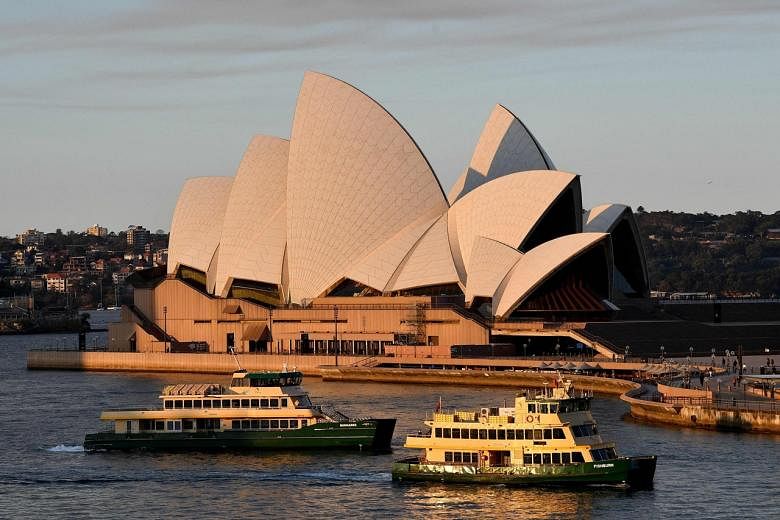SYDNEY (REUTERS) - The Australian and New Zealand dollars rallied on Monday as gains in global stocks pointed to an improvement in risk sentiment, while a surge in oil prices led the resource sector higher.
The Aussie gained almost 0.4 per cent to US$0.7281, having found solid support around US$0.722 last week. A break above resistance around US$0.7316 would suggest the bear trend of the last couple of weeks was over for now.
The kiwi dollar edged up to US$0.7026 and away from last week's low at US$0.6982. It needs to clear US$0.7093 to improve the technical background.
Both were aided by a rally in commodity prices as iron ore recouped a little of its recent heavy losses while oil jumped to a three-year high.
The Aussie had welcome news at home with New South Wales and Victoria detailing plans for reopening their economies as vaccinations rapidly approach targets of 70 per cent and 80 per cent double-dosed for the adult population.
This supports the Reserve Bank of Australia's (RBA) optimism that economic growth will rebound in the December quarter, following an almost certain sharp contraction this quarter. If correct, that outcome would likely see the RBA further trim its bond-buying in February, though it still insists a hike in interest rates is not likely until 2024. That is in marked contrast to the Reserve Bank of New Zealand (RBNZ) which is highly likely to start raising rates next week, and to move again in November.
The divergence has seen New Zealand 10-year bond yields climb to near its high for this year at 1.95 per cent, putting them 55 basis points above Australian yields.
The kiwi in turn has been climbing on the Aussie for the past four months to reach an 18-month top of A$0.9727, before profit-taking pulled it back to A$0.9644.
Kiwibank forex dealer Hamish Wilkinson noted speculative net short positions in the Aussie versus the kiwi had grown to the largest ever, suggesting some risk of a correction.
"The unwinding of extreme positioning generally brings volatility to the underlying currency itself," he said.

